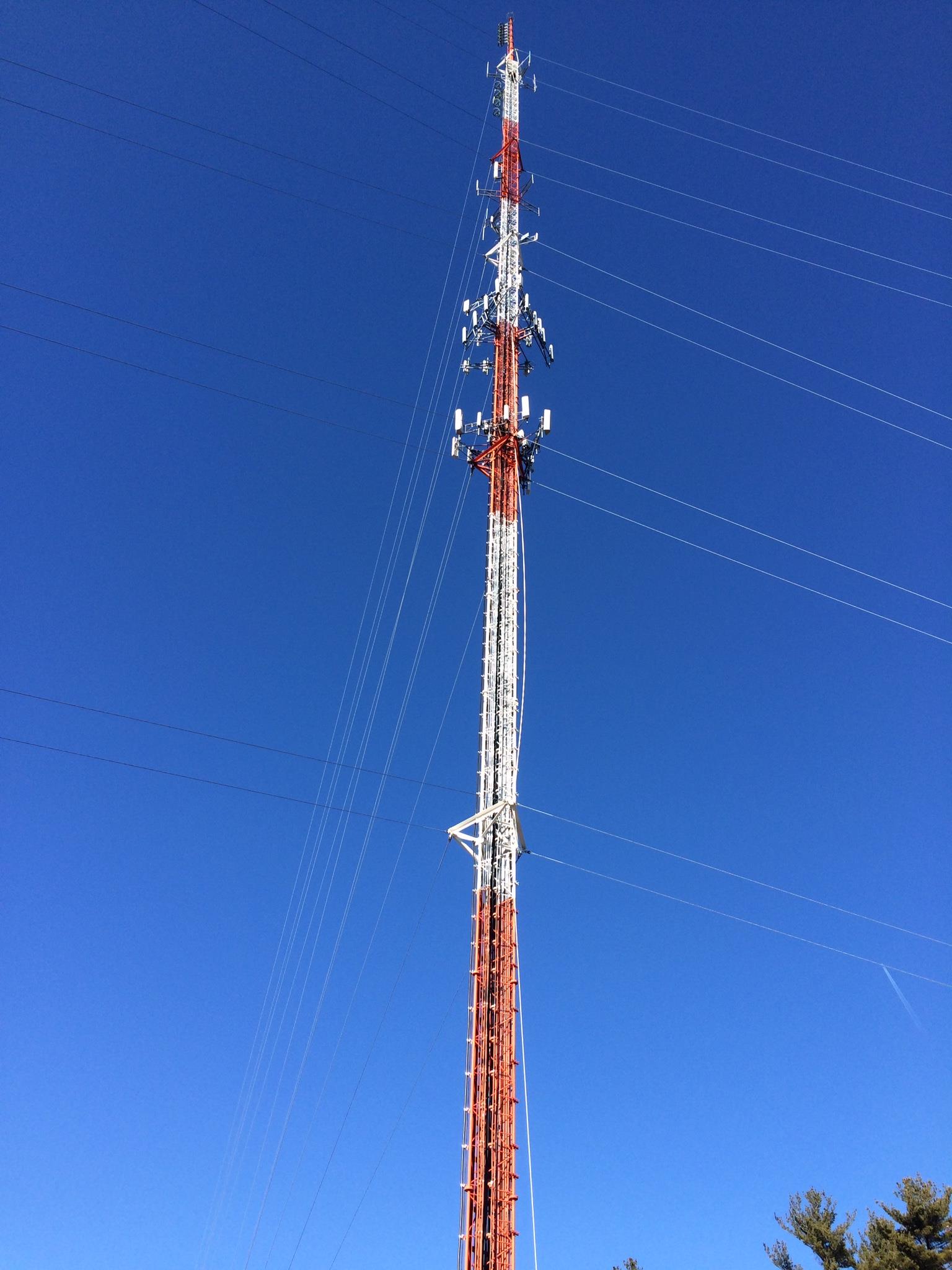Low-Power Wide-Area Networks and IoT


Industry press and analysts all agree that the Internet of Things (IoT) will come to dominate the number of globally connected devices over the course of the next several years. What isn’t clear is what forms of connectivity will evolve to support the diverse requirements of billions of devices servicing thousands of different applications. Today, connectivity is most often provided by Bluetooth (Personal Area), WiFi (Local Area) and Cellular (Wide Area) networks. Each of these technologies provide a unique set of compromises which solve the connectivity problem for certain application types. However, a new connectivity model is required in order to satisfy the needs of new, value-driven solutions which will make up the majority of the IoT market. In the next few paragraphs, I will try to briefly define the scope of each of the existing technologies and the ability of Low-Power Wide-Area networks to provide this new connectivity model.
For applications that only need to communicate over very small distances (~10m) at moderate bit-rates and at the same time fit into a small power and price budget, Bluetooth Personal Area networks can be employed. Typically these networks are hosted by smart phones, tablets and laptop computers, which broker internet connectivity on behalf their Bluetooth networks. Current solutions are most frequently targeted at consumers who are managing a relatively small number of connected devices. Security is normally provided by association codes and proximity, but require user interaction.
WiFi and other Local Area networks expands the footprint to ~100m at very high bit-rates, but demand significant power and price budgets to implement on the device. Again, primarily targeted at consumers or individual enterprises, Local Area solutions require local customization for network access and security. The number connected devices within range of the base-station can be much higher than with Personal Area networks, but is typically less than 100 devices.
Currently, Wide Area network solutions are limited to cellular technologies, which carry a high power and price premium, although providing a high bit-rates over relatively long distances (~1-5km). For high-value, geographically disperse assets, cellular connectivity is the implementation of choice today.
Both WiFi and cellular connectivity options enable mobility across base-stations, but do so in an energy intensive fashion, creating local security associations with the base-station and maintaining connectivity for the duration of the association. Bluetooth solutions are usually bound to a single base-station (smartphone, tablet, etc) until manually reconfigured.
Stepping back and looking at the Venn diagram of the solution space, a gap appears to form, in part of the market which is likely to be most important in the realization of the primary goal of the IoT – the instrumentation and control of vast amounts of the physical world. Low-Power, Long-Distance Wide Area networks (LPWANs) fit this need perfectly. LPWANs are characterized by the ability to support very inexpensive, power efficient end-devices over very long distances (>10km). In order to enable this kind of design, new technologies and association methodologies are required.
Senet has selected LoRaTM radio technologies and the open-standards defined by the LoRa-Alliance as the basis for our public LPWAN. By adopting a network control architecture conceived by the Software Defined Networking (SDN) visionaries, devices associate with a centralized controller only once, regardless of the base-station currently providing connectivity. AES128 security is provided for both network control and application payloads (separately, to maintain data security for the application provider). All of this can be implemented on devices which cost less than $25 and can operate for over 10 years on a single AA battery at ranges in excess of 20km.
